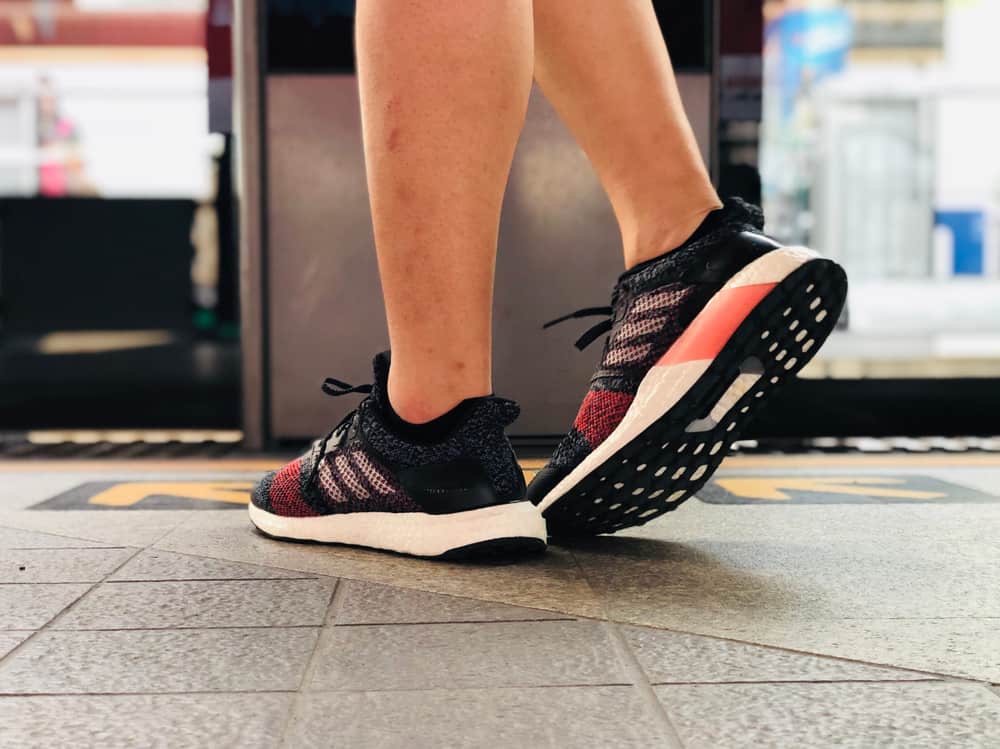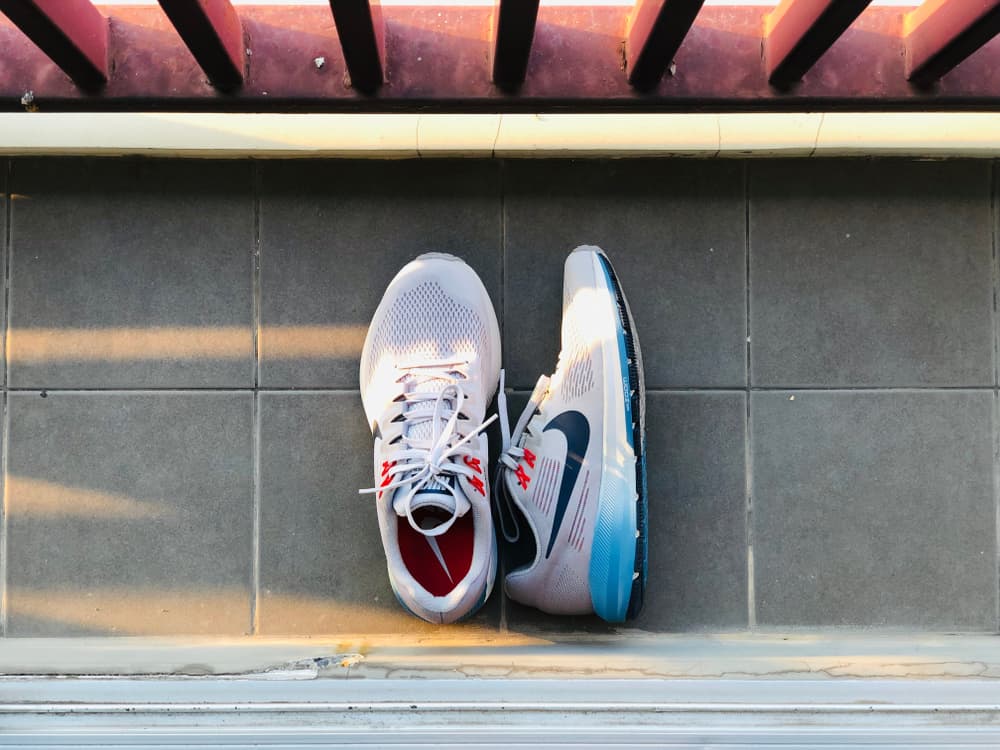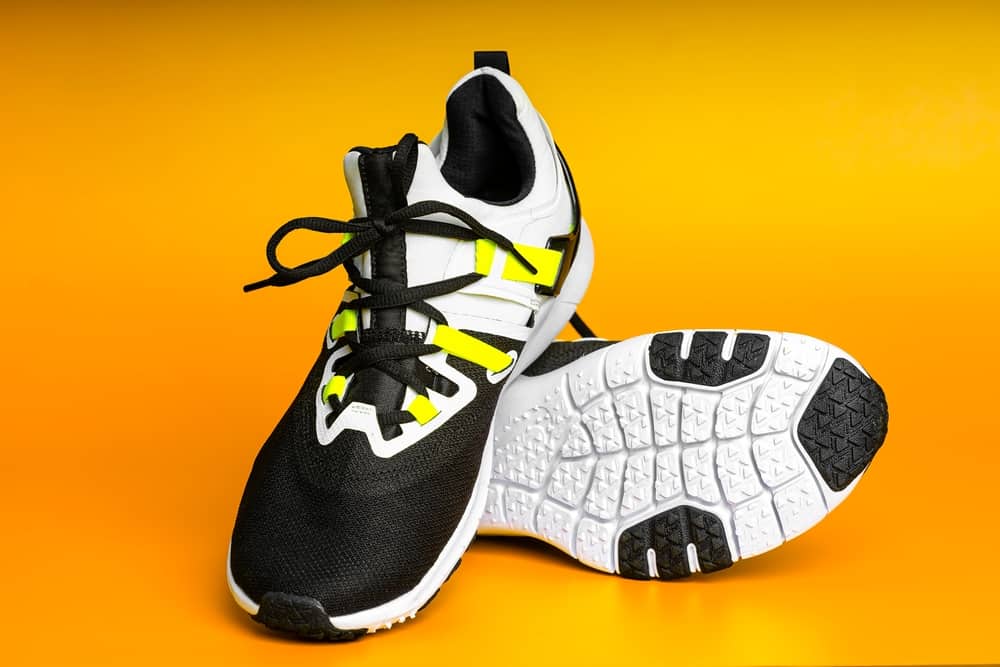“Neutral vs. stability running shoes, which ones are better?” Whether you’re a beginner runner or someone who’s getting back to running after a break, chances are you’re overwhelmed by the sheer volume of statistics coming your way.
We know you thought that the only thing you needed was to get the first Nikes the salesman suggests and start running; however, that might not be the best thing to do.
Even though you might not be searching for running shoes guaranteed to accommodate your every need, there’s nothing better (for you) than getting to the bottom of what those needs are before committing to a $250 sneaker.
And, getting to the bottom of those needs doesn’t have to be tough. Actually, the main difference between neutral and stability running shoes comes down to the type of pronation you might have – from normal pronation to overpronation and underpronation, you might have your work cut out for you.
On the off chance that you don’t have a clue what type of pronation you’re working with and how on Earth to figure that out, read everything you need to know down below.
Neutral vs. stability running shoes: What’s the difference?

Neutral vs. stability running shoes, the battle we didn’t know we needed. However, we have to address the fact that these are two different types of running shoes that provide different (even opposite) features. Before we move on to the nitty-gritty of which ones are better for you, we need to brush over what they are.
On one hand, neutral running shoes allow natural movement of the foot and are meant to be worn by runners with normal pronation. On the other, stability running shoes provide much more support and much more restriction when we’re talking about movement.
Stability running shoes, also known as motion-control running shoes, are meant to be worn by people with overpronation or underpronation. Granted that you don’t necessarily know what each of these types of pronation entails, don’t shy away from reading the rest of the article.
What’s foot pronation? What does each type of pronation mean? And what does each type of pronation have to do with choosing the right type of running shoes? We’ve got the answers!
What’s foot pronation?
Foot pronation refers to the movement of your foot while you’re walking or running. When you observe your gait, you can notice a pattern that corresponds with normal pronation, overpronation, and underpronation.
Both overpronation and underpronation can cause health problems, tears, bruises, and other foot trauma.
However, that doesn’t mean that you need to give up your dream of running a marathon – you simply need to figure out what type of pronation you’re working with and what type of running shoes would serve you best.
Now, many runners who suffer from overpronation or underpronation don’t even notice there’s something wrong because they don’t show symptoms or experience discomfort while running.
Whether you’re dealing with discomfort due to your pronation or you’re trying to prevent future trauma, here’s what you need to know.
1. Normal pronation

Oh, there’s no need for a neutral vs. stability running shoes battle when you’re working with the regular rotary motion of the foot. Normal pronation means that your feet move naturally while you’re walking or running.
Now, normal pronation means that your feet move slightly towards the inside when you raise your foot, but they move towards the outside with the toe-off. Other than that, your arches become taller and firmer to provide stability, and you naturally shift your weight towards the outside of your foot.
And, normal pronation means you can wear whichever running shoes speak to you the most because you don’t need that added features that provide more support, more protection, or more flexibility. Wear whatever’s comfortable for the type of workout you’re doing (a.k.a. running).
2. Overpronation
On the other hand, overpronation needs those added features. Overpronation occurs when your ankles move too far downward or inward while you’re walking or running.
Overpronation often affects runners who suffer from flat feet. Due to the excessive movement of the foot, overpronation oftentimes causes inflammation of the muscles around the shins, excessive strain on the posterior tibialis tendon, posterior tibialis tendon dysfunction, and debilitating knee ache.
With overpronation, you need to address the excessive movements with stability (motion-control) shoes, appropriate insoles, and orthotics designed to correct the “wrong” movements. Running without proper protection could cause serious trauma to your feet, knees, and back.
3. Underpronation

Of course, we can’t forget about underpronation which also needs the added features. Underpronation occurs when your ankles move to the outside edge of your feet while you’re walking or running.
Underpronation means that your foot supinates from the moment you lift the foot off the ground to the toe-off stage (hence the supination nickname). Unlike overpronation, with underpronation, the foot doesn’t pronate enough which means most of the work gets done by the outer edge of the foot.
Underpronation often affects runners with high, rigid arches that don’t flatten enough during walking or running. Unfortunately, underpronation can cause a bunch of health niggles such as ankle trauma, iliotibial band syndrome, Achilles tendonitis, and plantar fasciitis.
But, with flexible, padded running shoes, underpronators shouldn’t fear these problems.
How to know whether you have normal pronation, overpronation, or underpronation?
Now that we know that you can’t decide on the whole “neutral vs. stability running shoes” thing before you figure out what type of pronation you’re working with, you might be wondering how on Earth you can do that. Worry not, we’re bringing you a few tips and tricks to make the process easier.
While you might stumble upon a bunch of different opinions on the topic, there’s nothing wrong with self-diagnosing (even though we wouldn’t suggest doing that when dealing with serious health problems) by checking your shoe-wear pattern.
And, when you’re done trying to figure things out on your own, you can always head over to the nearest running shoe store and have your feet assessed by one of the workers there. Oh and, you can always go a step further and schedule an appointment with a podiatrist.
1. Check the wear pattern on the running shoes you already wear

We’re focusing on overpronators and supinators because they’re the ones that need running sneakers with added features, depending on what they’re working with.
Now, to check whether you’re an overpronator or an underpronator, you can check the wear pattern on your walking or running shoes. Choose the ones you’ve been wearing the most (or the longest) out of the bunch and check the bottoms (or the soles).
When you’re an overpronator, you should notice numerous marks of wear on the innermost side of the heel and forefoot. When you’re a supinator, you should notice more wear on the outermost edge of the shoe.
When you’re unsure of whether you’re one or the other, you can put them on the table with the heels facing you and check whether you can notice them tilting inward or outward. Overpronators should notice the heel tilting inward, while underpronators should notice the heel tilting outward.
2. Check what your shoes (and your feet) look like when you’re walking or running
Granted that you don’t possess walking or running sneakers you can observe for the sake of figuring out the type of pronation you’re working with, worry not.
We suggest you go to your favorite store (that offers athletic shoes) and try on a few different styles. When you put them on, try walking around, running around, and checking what you look like while doing that.
When you notice your feet moving slightly inward, you might be dealing with overpronation. And, when you notice them moving outward, you might be dealing with underpronation.
At the end of the day, you can always ask the salesperson for assistance. Actually, some of them are even trained to notice your gait pattern.
3. Check with a podiatrist

Now, there’s a chance you might not consider scheduling an appointment with a podiatrist because you’re not experiencing any discomfort while walking or running. And, there’s a chance a podiatrist wouldn’t take your concerns seriously without tangible symptoms.
But, a podiatrist can diagnose different foot problems you might be dealing with and prescribe custom orthotics, medication, or other therapies to correct them.
Before you head over to the nearest running shoe store and struggle with choosing between neutral running shoes and stability running shoes, you might want to schedule an appointment with your podiatrist.
Neutral vs. stability running shoes: Which ones are better for you?
With that out of the way, we come to the end of the article and to the part where we answer the “neutral vs. stability running shoes: Which ones are better for you?” question.
We couldn’t be more pumped to argue that none of these shoes are necessarily better or worse, as far as quality, support, and protection go.
However, depending on the type of pronation you’re working with, you might achieve better success with one of the two. Now, as you might have guessed, neutral running shoes are better for people with natural, neutral pronation because they don’t really need the added features.
And, stability running shoes are better for people with overpronation because they possess the added features for stability and motion control – and, for the more severe overpronation cases, they might even need to get custom orthotics. Whichever running shoes you decide to go with, good luck!


